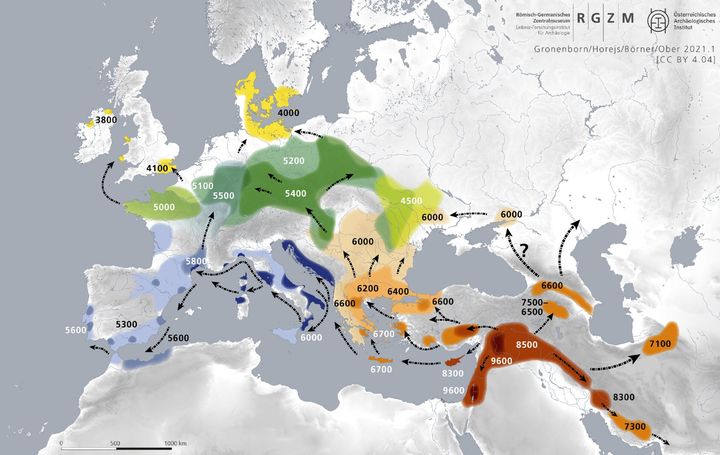Ubar and the Empty Quarter
The interior of the Arabian peninsula is a vast sandy desert. So little is found here that the Arabs refer to it simply as the Empty Quarter or the Rub' al Khali (الربع الخالي). However, this was not always the case. Once Arabia (and the Sahara) was lush and verdant. This we can surmise by the existence of the wells in the Empty Quarter that the Bedouin use. The Bedouin did not dig them. They freely admit this, they simply found them in the desert. Someone went to the trouble of digging wells all over Arabia. Unfortunately, archeology is not among the sciences that Wahhabi Islam is interested in, so not much information about previous inhabitants of the Arabian peninsula is forthcoming. The find at Gobleki Tepe may indicate that a substantial civilization could be found in this area that has remained unknown.
After the climatic shift that brought sand and scorching heat to Arabia, civilization could still be found in the Empty Quarter. The City of Ubar was such a place. Ubar was a trading city of the 'Ad, the place where caravans rested before braving the desert. The primary trade good was incense, valuable even today, but worth as much as gold to the ancient world. Ubar is mentioned in the Qu'ran as a city that was destroyed by the wrath of God. However, the ruins of the city were purportedly left entire in the desert. This legend was enough to entice Sir Harry St. John Philby into the Empty Quarter to look for the lost city. What he actually found was a meteorite impact site, but given that the city had supposedly been destroyed by fire from heaven, this could have been entirely appropriate Later, the City of Ubar was found by the use of satellite imagery. The city had the misfortune to be built atop a limestone cavern, and it collapsed, destroying the city.
The legend spawned by this city and its sudden demise has proved fertile in fiction. Ubar, also known as Wabar and Irem, has been featured in H. P. Lovecraft's the Nameless City, the Arabian Nights, Tim Powers' novel Declare, and Neil Gaiman's Sandman comic.
Powers conflated the impact site with the actual city, making it a part of his story. At the impact site, one can find tektites, small bits of ejecta from the impact crater that were mistaken for pearls by the Bedouin. These were supposedly real pearls dropped by the women fleeing from the harem, scorched black by the doom that overcame Ubar. In Powers' telling, the pearls were the cause, rather than the result of the doom of Ubar. The impact site is 300-400 years old, while the city was destroyed approximately 1600 years ago. While it would have been fun for the city to have really been destroyed by fire from heaven, that seems to not be the case.



Comments ()